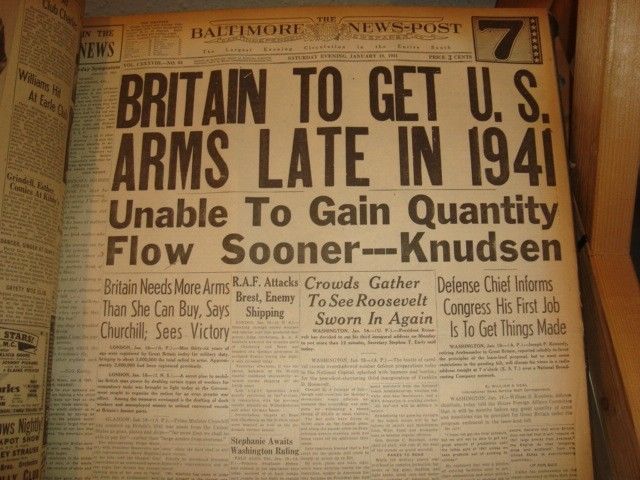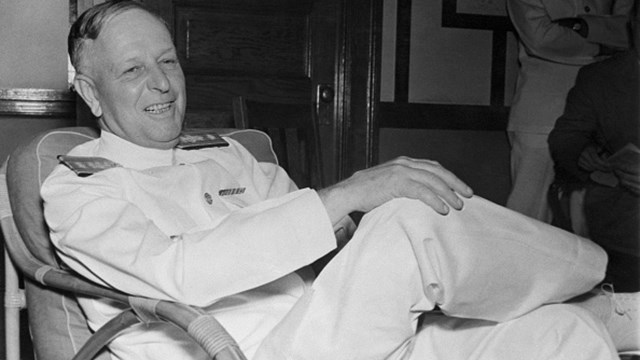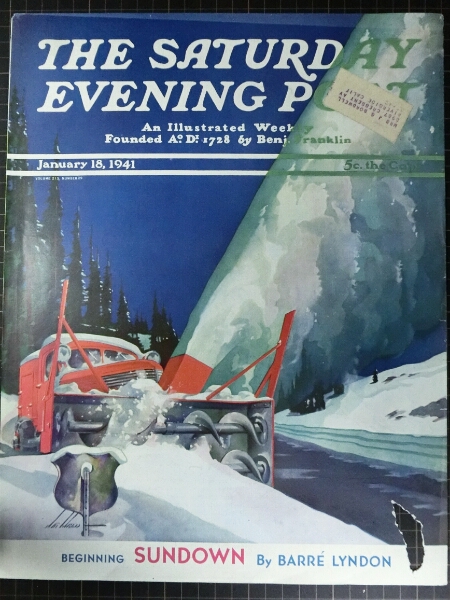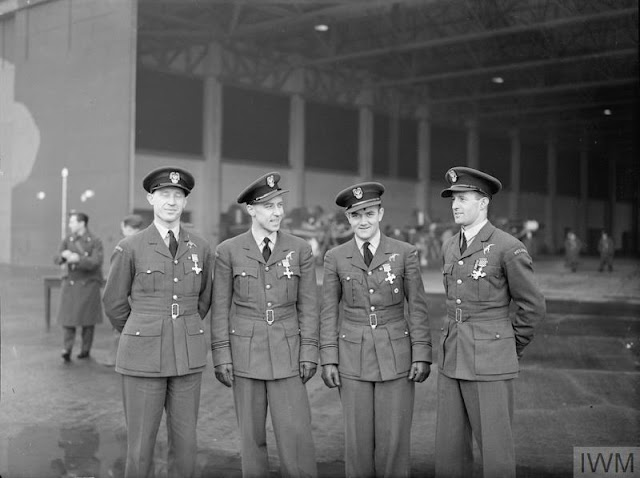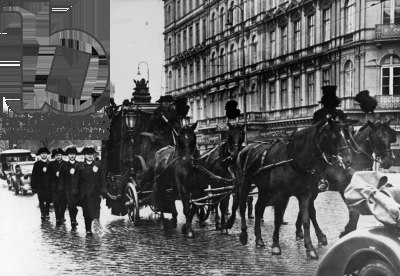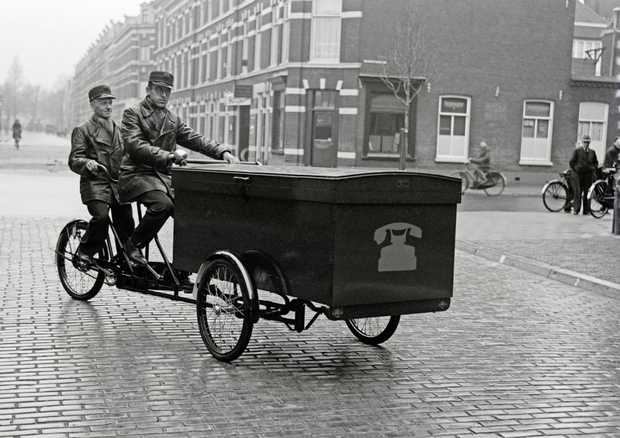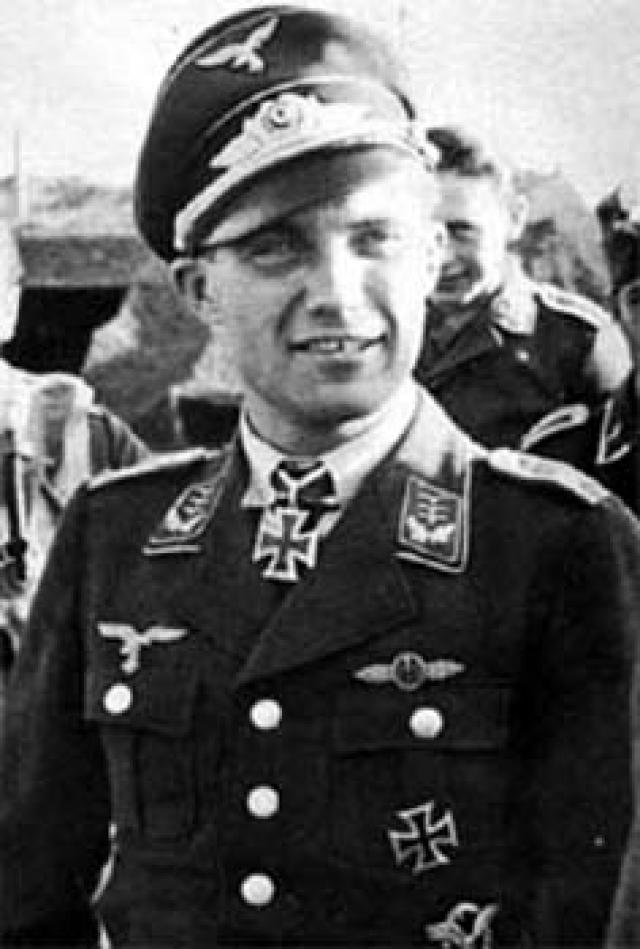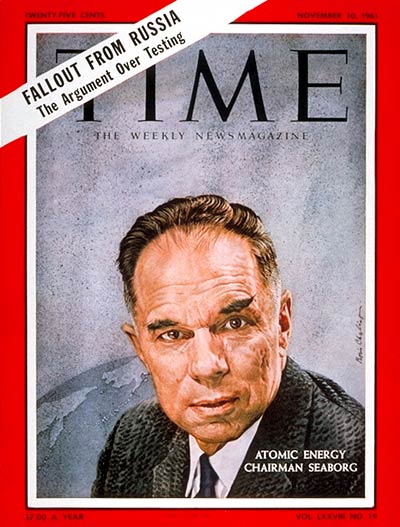Tuesday 12 August 1941
 |
| HMS Prince of Wales at the Atlantic Conference, August 1941. Photographed from USS Augusta (CA-31). Donation to US Naval Historical Center by Vice Admiral Harry Sanders, USN (Retired), 1969. |
- In the Army Group North sector, the objective is to encircle Leningrad and effect a junction with the Finns advancing from the north (it does not say to actually take Leningrad);
- In the Army Group Center sector, "the most important task is to eliminate the enemy flanking positions." Pointedly, the directive notes that "Only after these threats to our flanks have been entirely overcome" can the advance on Moscow resume;
- In the Army Group South sector, halt the attack on Kyiv and instead focus on establishing bridgeheads across the Dnieper River, occupy the Crimea, and occupy Kharkiv and the Donets area.
Some warning signs are starting to appear in the Wehrmacht concerning manpower. The Liaison Officer for Army Group North to OKH, Lt. Colonel Langhaeusor, reports that it has no reserves and manpower is "tight." OKH addresses this by keeping Luftwaffe units in the area to make up for manpower shortages. For the moment, this problem can be remedied once some convenient railroad lines are taken, as they are the only way to bring forward large numbers of troops. In order to form strength to advance, OKH has to juggle units and focus on one area at a time - which at the moment is at Lake Ilmen.
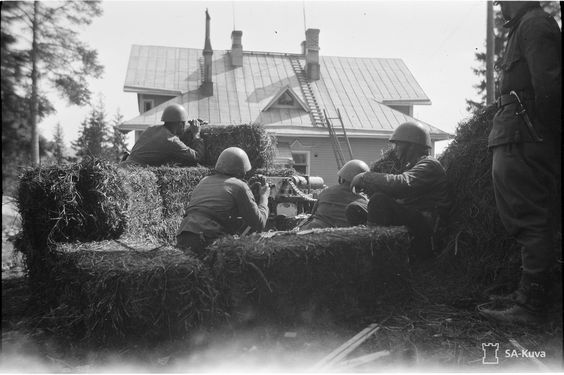 |
| A Finnish machine gun team set up among some hay bales in Sortavala, 12 August 1941 (SA-Kuva). |
In the Army Group North sector, German 16th Army makes some local gains around Lake Ilmen. The Germans also make some minor gains near Narva. Soviet 34th Army counterattacks toward Lake Ladoga. Overall, Army Group North is fairly static for the moment.
In the Army Group Center sector, units south of Rogachev reach the Dneipr River and II Corps puts three divisions across the river south of Zhlobin. General Guderian's Panzer Group II attack toward Gomel. The Germans encircle parts of the Central Front near Krichev. The Soviets are counterattacking in several places without success.
 |
| An advanced divisional command post of German 21st Infantry Division on August 12, 1941. |
German Eleventh Army reaches the outskirts of Mykolaiv, isolating it. The Germans begin rushing reinforcements to the city to cut off the Soviet lines of retreat.
In the air, Oblt. Kurt Sochatzy, the Staffelkapitän of 7th Staffel of JG 3, has his airplane rammed by a Soviet I-16 fighter over Kyiv. Sochatzy is taken as a prisoner, but the Luftwaffe awards him the Ritterkreuz later in the day anyway. Siegfried Freytag of JG 77 downs a MiG 3 for his tenth victory.
The Soviets begin preparing the Volga region for combat. The Central Committee orders the deportation of the population of the Volga German Autonomous Republic to Siberia and Central Asia.
 |
| The RAF raid on Knapsack, Cologne, Nordrhine-Westphalen, Germany. To the left is a Bristol Blenheim Mark IV (extreme left), serial V6391, marked RT-V of No. 114 Squadron, 2 Group. |
RAF Fighter Command begins the day with a sweep by 84 fighters escorting six Hampdens against St. Omer. The Luftwaffe sends up 150 Bf 109s to defend its airfield there.
During the day, RAF Bomber Command sends 54 Blenheim bombers to attack the Knapsack (38 bombers) and Quadrath (18) power stations outside Cologne. The Knapsack plant is a Goldenburg-Werk lignite (brown coal) power station and is hit hard. The Germans shoot down 10 of the bombers. This is an 18.5% loss rate, entirely unacceptable for a sustained bombing campaign.
There also are some diversionary operations during the Cologne attack. Six Hampdens each attack St. Omer, Le Trait dockyards, and Gosnay, and four fortresses attack Cologne, De Kooy airfield, and Emden. These all return without loss and are escorted by heavy fighter escorts (144 at Gosnay, for instance).
In addition, two Blenheims acting as navigational leaders, or pathfinders, also are shot down. Overall, RAF Bomber Command loses 12 bombers or 15.4% of the 78 sorties made during daylight operations.
There also is heavy air fighter combat during the day over France and the Low Countries. RAF Fighter Command puts 174 sorties in the air, and the RAF claims 4 Luftwaffe fighters destroyed and 6 probably destroyed, along with 10 others damaged. The RAF loses 6 Spitfires.
After dark, RAF Bomber Command sends 65 Wellingtons and 13 Hampdens over Hannover. The Germans shoot down four Wellingtons, including one carrying experimental Gee direction-finding equipment. The Gee plane is destroyed completely and no secrets are revealed.
The RAF also sends 40 Wellingtons, 12 Halifaxes, 9 Stirlings, and 9 Manchesters against Berlin - a total of 70 bombers. Less than half - 32 - of the force actually bombs in the Berlin area. In addition, the Germans shoot down 9 bombers, a 12.8% loss rate.
RAF Bomber Command also sends 36 Hampdens over Magdeburg without loss and 35 bombers (30 Wellingtons, 3 Stirlings, and 2 Halifaxes) over Essen. The RAF loses one bomber, and the night's objective - the Krupps factory - is not hit.
The RAF also sends minor operations of 14 bombers to Le Havre and one Stirling over Bielefeld, without loss.
Overall, it is a rough night for both sides. The German cities take moderate damage, while the RAF loses 20 planes out of 234 sorties, an 8.5% loss ratio.
German torpedo boats sink Soviet minesweeper Tsczcz-41.
Soviet submarine L-4 (Lt. Cmdr. Polyakov) lays 20 mines southeast of Mangalia, Romania.
Battle of the Atlantic: U-568 (Kptlt. Joachim Preuss), on its first patrol out of Trondheim and operating with wolfpack Grönland, torpedoes and sinks Royal Navy corvette Picotee (Lt. Harrison), which is escorting Convoy ON-5, south of Iceland. Everybody perishes - there are 65 deaths. U-586 also claims to torpedo another ship, but there is no confirmation.
The Luftwaffe bombs and damages 1900-ton Royal Navy auxiliary vessel Eaglescliffe Hall about two miles east of Sunderland. Eaglescliffe Hall is taken under tow to Sunderland.
Royal Navy 16-ton auxiliary ship HMT Express hits a mine and sinks one mile southwest of East Spaniard Buoy at Whitstable.
According to some sources, 124-ton Norwegian freighter Cito sinks today after hitting a mine in the Sognefjord (north of Bergen). Other sources claim this happened on the 11th.
Royal Navy heavy cruiser HMS London claims to bomb a submarine with her Walrus aircraft north of the Azores, but there is no confirmation.
Italian submarine Tazzoli makes an unsuccessful attack on a freighter south of Liberia.
A Luftwaffe Focke-Wulf Fw-200 Condor of I,/KG40 spots Convoy HG-69 and informs BdU in Paris.
Royal Navy destroyers HMS Airedale and Tetcott and minesweeper Shippigan are launched.
Australian corvette HMAS Meadowsweet is laid down.
British Convoy "Dervish" departs from Liverpool bound for Archangel via Iceland.
U-657 is launched.
 |
| A British soldier in North Africa getting a shave, 12 August 1941. |
Royal Navy 372-ton lighter HMS A.14 (aka LCT.14, Lt. Mullens) hits an aerial mine laid by a Junkers Ju-88 of LG-1 and sinks in Tobruk Harbor. Everyone survives.
Dutch submarine makes an unsuccessful attack on a freighter in the Ligurian sea.
Royal Navy submarine HMS Torbay (Cdr. Miersa) unsuccessfully attacks an Axis convoy four miles west of Benghazi.
Royal Navy destroyers HMS Kandahar and Kimberley depart from Alexandria on a supply run to Tobruk, first stopping at Mersa Matruh.
Italian minelayers Aspromonte and Reggio lay minefield SN-41 in the Sicilian Strait.
Troops of the 8th Battalion of the Manchester Regiment begin training on Gozo Island.
Battle of the Black Sea: Soviet icebreaker Ledokol No. 5 hits a mine and sinks.
The Luftwaffe bombs and sinks Soviet freighter Novorossiysk in the Gulf of Odesa.
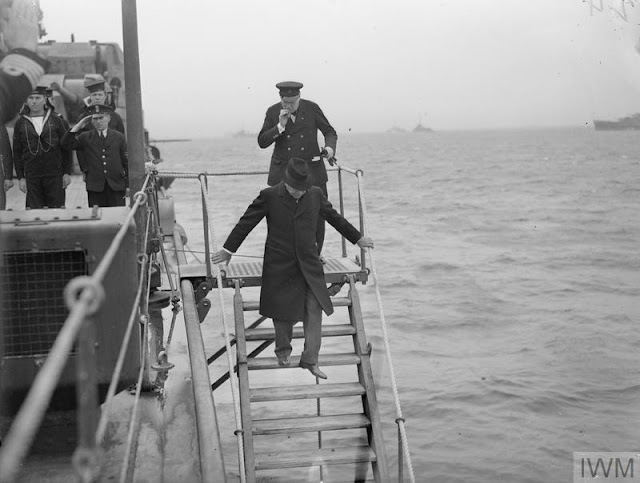 |
| "The Prime Minister and Lord Beaverbrook leave the PRINCE OF WALES to say good-bye to President Roosevelt aboard USS AUGUSTA." © IWM (A 4863). |
The Atlantic Charter sets forth eight points, twice as many as Roosevelt's "Four Freedoms" but in many cases similar in tone to them. They provide:
- no territorial gains to be sought by the United States or Great Britain;
- territorial adjustments elsewhere to be made with reference to the wishes of the peoples affected;
- self-determination of peoples;
- removal of trade barriers for both "victor [and] vanquished";
- global economic cooperation and advancement of peoples' welfare;
- participants to work toward a world free of want and fear;
- disarmament of everyone, including the victors, after the war
- freedom of the seas;
After the communique is issued, Churchill departs back for Britain aboard Prince of Wales, while Roosevelt sails aboard cruiser Augusta down to Blue Hill Bay, Maine, where Presidential yacht Potomac (AG-25) is anchored.
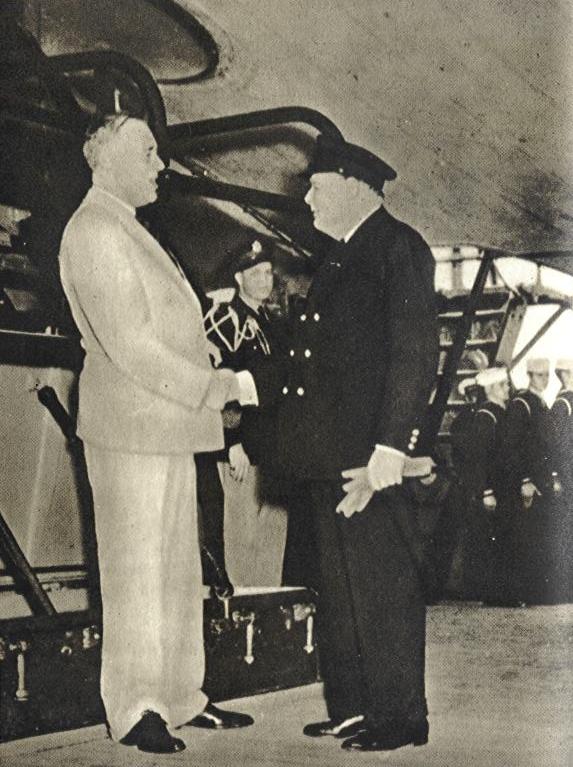 |
| President Roosevelt wishes Prime Minister Churchill a safe voyage home on 12 August 1941. |
Soviet/Polish Relations: The Soviets make official their amnesty of Polish citizens in the USSR. This enables many to join the army being formed by General Anders, and others to work on collective farms.
US/Italian Relations: US naval authorities seize 5592-ton Italian freighter Dino in Boston. The US reflags Dino as Panamanian Meridian.
US/Japanese Relations: The Japanese recall liner Asama Maru, which is nearing the United States with American passengers and a cargo of silk, due to the imposition of US sanctions.
 |
| "Royal Air Force mechanics in Singapore are working at top pressure to assemble, and pilots to test, large numbers of Brewster Buffaloes, American high-speed fighting planes. At one Singapore Royal Air Force station hangar after hangar is crammed with crated Buffaloes. Many of the planes are already in the air over Malaya, flown often by British fighter pilots, who have already shot down German planes (one of the ten) in Europe. This photo shows part of one of the Buffalo assembly lines." Circa 12 August 1941. © IWM (K 598). |
US Military: US military maneuvers being held at New River, North Carolina are concluded. The US 1st Marine Division and 1st Army Division have been training together.
US Navy Motor Torpedo Squadron 3 is commissioned. It is assigned to the Philippines.
The US Army-US Marine Corps 1st Joint Training Force under Major General Holland M. Smith is redesignated the Atlantic Amphibious Force.
 |
| The 260th Infantry Division crosses the Berezina River near Barysaw, Minsk Oblast, Belarus, Soviet Union. 12 August 1941. |
Aircraft carrier Hosho is named the flagship of the Japanese Carrier Division 3.
The IJN requisitions 6442-ton freighter Keiyo Maru for use as an armed auxiliary aircraft transport. This conversion includes putting 120-mm (4.7-inch) guns in the bow and stern.
Soviet Military: Marshal Semyon Timoshenko drafts an order calling for the execution of deserters. He submits it to Stalin for approval.
US Government: The House of Representatives passes by 203-202 a bill extending the term of military service of draftees from 12 to 30 months. The bill now goes to the Senate.
 |
| Luftpost (propaganda), No. 13, 12 August 1941. |
French Homefront: Premier Petain makes a radio address to the French people. He enumerates a dozen measures that "I have decided." These include suspending political parties, try former officials who are "responsible for our disaster," and require all government officials to "swear an oath of fealty to me." He sums up, "In 1917 I put an end to mutiny. In 1940 I put an end to rout. Today I wish to save you from yourselves."
Petain also announces his previous decision to appoint Admiral Darlan, "to whom public opinion has not always been favorable or fair," to be Minister of National Defense. He pointedly emphasizes that "Authority no longer emanates from below. The only authority is that which I entrust or delegate." In fact, Petain uses the word "I," as in "I have decided" and "I entrust or delegate," a total of 28 times in the speech.
The radio broadcast reinforces in the minds of some that perhaps Petain has let his position of authority go to his head a little bit.
Canadian Homefront: The government requires Japanese-Canadians to carry registration cards that include their photos and thumbprints.
Letícia Román is born in Rome, Italy. She starts a career in the Elvis Presley film "G.I. Blues" (1960), then goes on to appear in other films in the 1960s before retiring to start a family.
 |
| Winston Churchill aboard HMS Prince of Wales, August 1941. |
August 1941
August 2, 1941: Uman Encirclement Closes
August 3, 1941: Bishop von Galen Denounces Euthanasia
August 4, 1941: Hitler at the Front
August 5, 1941: Soviets Surrender at Smolensk
August 6, 1941: U-Boats in the Arctic
August 7, 1941: Soviets Bomb Berlin
August 8, 1941: Uman Pocket Captured
August 9, 1941: Atlantic Conference at Placentia Bay
August 10, 1941: Soviet Bombers Mauled Over Berlin
August 11, 1941: Rita Hayworth in Life
August 12, 1941: Atlantic Charter Announced
August 13, 1941: The Soybean Car
August 14, 1941: The Anders Army Formed
August 15, 1941: Himmler at Minsk
August 16, 1941: Stalin's Order No. 270
August 17, 1941: Germans in Novgorod
August 18, 1941: Lili Marleen
August 19, 1941: Convoy OG-71 Destruction
August 20, 1941: Siege of Leningrad Begins
August 21, 1941: Stalin Enraged
August 22, 1941: Germans Take Cherkassy
August 23, 1941: Go to Kiev
August 24, 1941: Finns Surround Viipuri
August 25, 1941: Iran Invaded
August 26, 1941: The Bridge Over the Desna
August 27, 1941: Soviets Evacuate Tallinn
August 28, 1941: Evacuating Soviets Savaged
August 29, 1941: Finns take Viipuri
August 30, 1941: Operation Acid
August 31, 1941: Mannerheim Says No
2020



